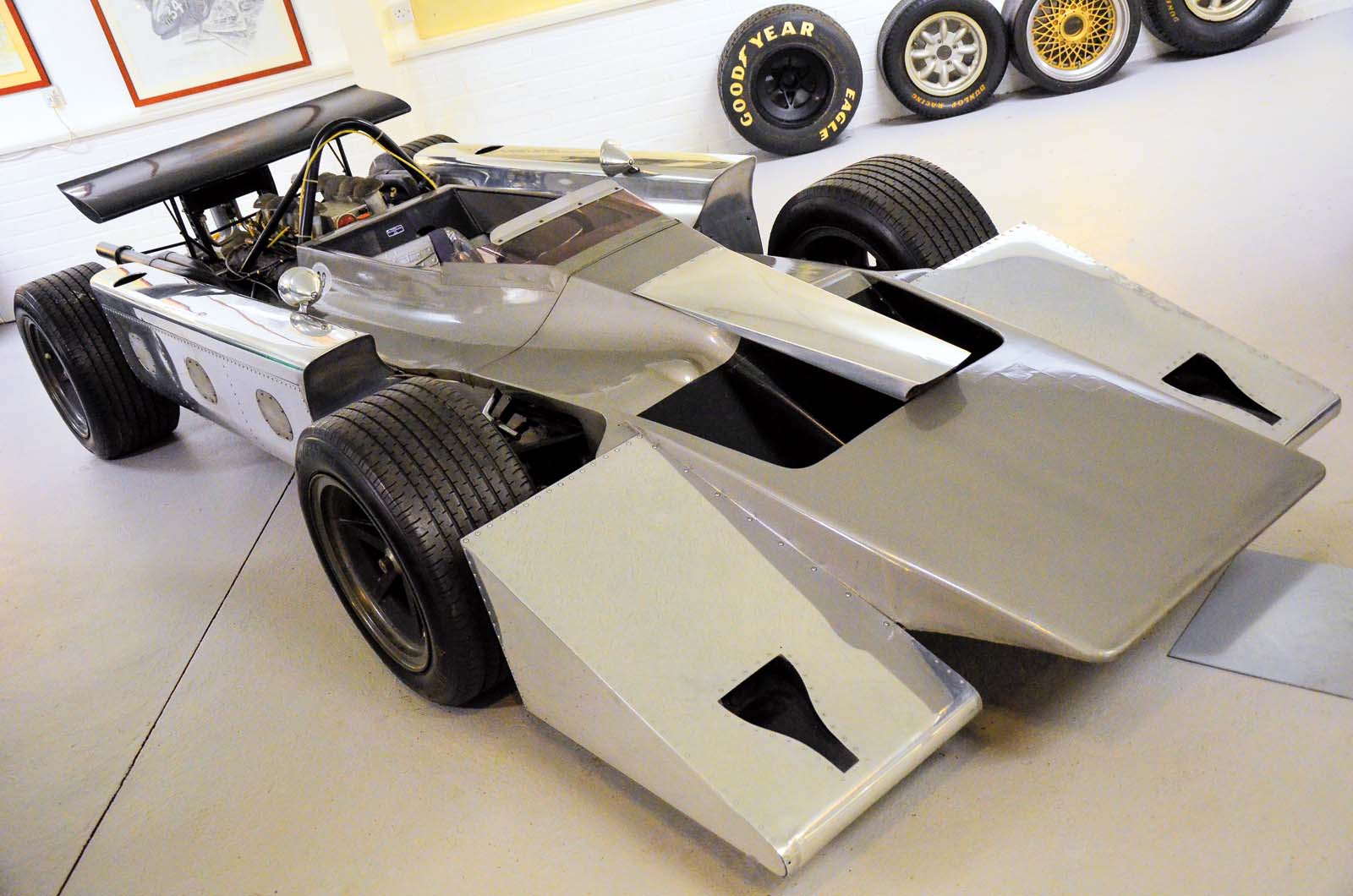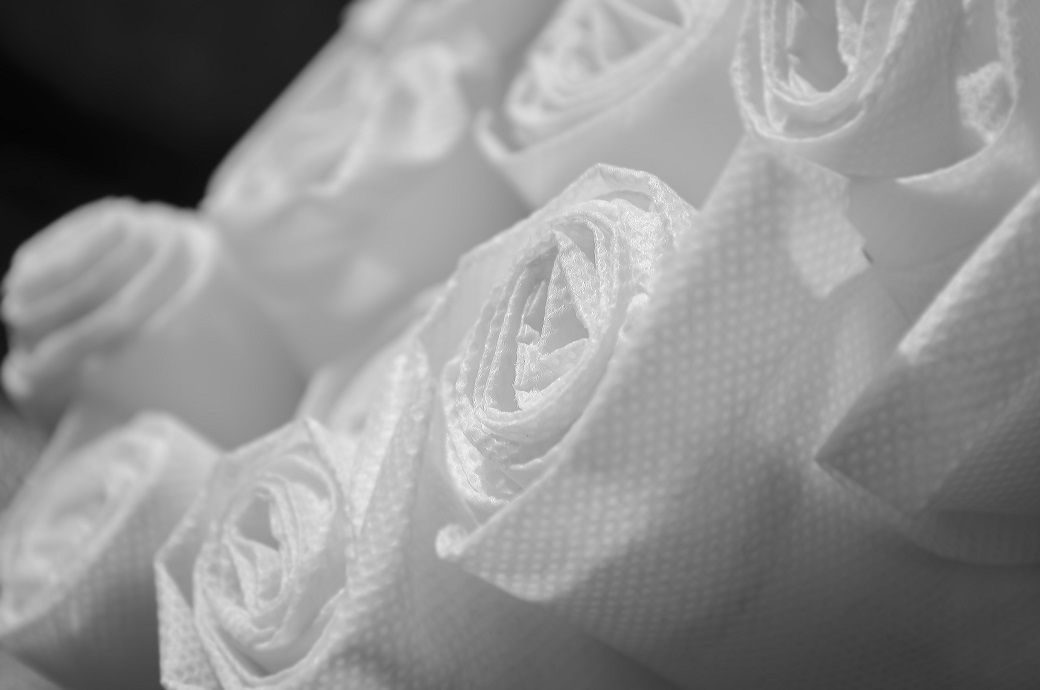Boosting the Efficiency and Mechanical Stability of Organic Solar Cells Through a Polymer Acceptor by Reducing the Elastic Modulus
Advanced Energy Materials, EarlyView.

Herein, PYSe2F-T is first applied to simultaneously improve the performance and mechanical stability of organic solar cells compared with mPh4F-TS as the counterpart. Meanwhile, a detailed crack density analysis is first employed to evaluate the relationship between mechanical stability and elastic modulus of active layers, which can be reduced by the introduction of a polymer acceptor, PYSe2F-T.
Abstract
Organic solar cells (OSCs) are regarded as one of the most promising flexible power sources due to their lightweight and flexible properties, with the improvement of photovoltaic and mechanical performance. To improve the current density and power conversion efficiency (PCE), mPh4F-TS (TS) and PYSe2F-T (PA) are introduced into the binary host, PM6/mPh4F-TT (PM6/TT) as third components. It is demonstrated that the corresponding ternary devices, in both rigid and flexible devices, achieved superior efficiencies (19.6%/17.7% for PM6/TT+TS, and 19.2%/17.4% for PM6/TT+PA) outperform the binary counterparts (18.3%/16.4%). However, distinct differences in mechanical performance are observed between the polymer acceptor (PA) and small-molecular acceptor (TS). The PM6/TT+PA significantly improved the mechanical stability of flexible devices with a lower elastic modulus of 3.6 GPa, while the PM6/TT+TS resulted in the opposite effect with a higher elastic modulus of 5.5 GPa. Through in-depth investigation, a clear correlation between the elastic modulus, crack density, and mechanical stability of the active layer blends is successfully established, revealing the key role of reducing the elastic modulus in enhancing the mechanical stability of flexible OSCs. This study provides important guidance for the development of flexible photovoltaic devices with both high efficiency and mechanical robustness.







































































































































































